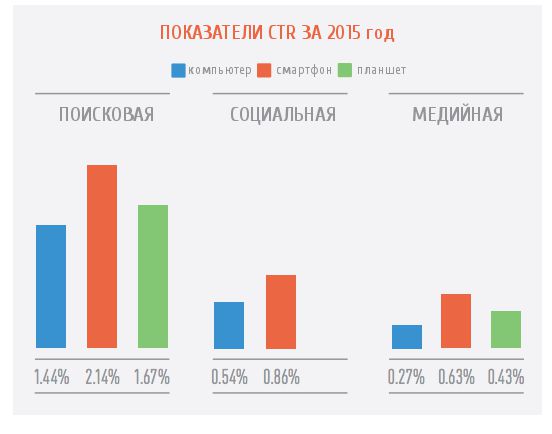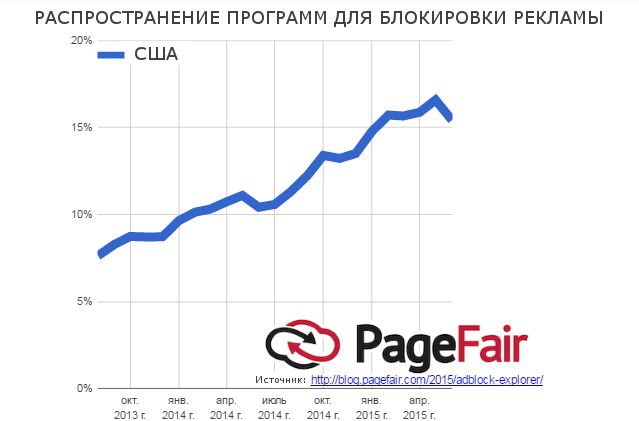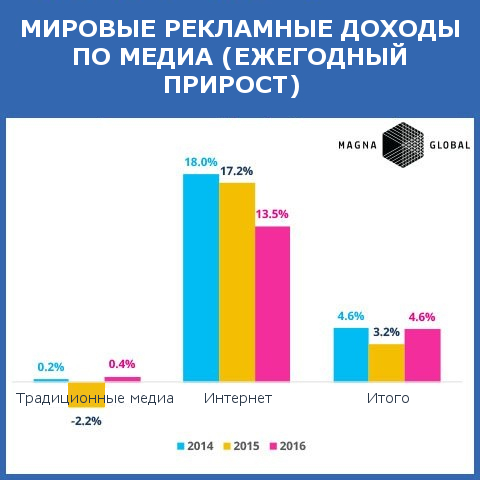
According to forecasts by Magna Global, this year advertisers spend on digital advertising $68 billion — more than TV advertising ($66 billion). What will be the outcome of such investments? New leads and increase sales? Or the dissatisfaction of the users, the growing popularity of ad blockers and the increase in fraud?
About the problem of junk advertising in digital and how to solve it — in our selection of the 10 facts.
1. Advertising does not reach the addressee
Google analysed: 56% of media advertisement is not visible to those to whom it was addressed.
2. CTR tends to zero
Two clicks per thousand impressions — this is the average CTR across the globe for different formats and platforms (data SmartInsights). It’s just 0.17% — a waste of money for advertisers.

3. Inappropriate advertising — waste of money
No one likes advertising that does not meet their interests, especially in large volumes. Adlucent studied the question and found out that 3 out of 4 users prefer ads that are correlated with their interests.
4. The investment doesn’t pay off
Proxima says: 60% of the budgets for Internet marketing is wasted. More than half of the cases the ROI is negative.
5. Advertising junk prevents programmatic advertising
eMarketer found: programmatic advertising prevent fraud (58%), viewability (56%) and poor targeting (46%). In this solidarity of the American and British marketers.
6. More and more people block ads
PageFair estimated: the number of downloads of ad blockers has increased from June 2015 41% in the United States and 82% in the UK.

7. Publishers do not receive income
Due to ad-blocking users, publishers have a shortfall in 2015 of $22 billion (data from PageFair).
8. Advertisers do not use
Mary Meeker considered: in America on mobile advertising is spent only 22% of budgets. At the same time users spend on their smartphones 25% of free time, and for PC — only 22%.

9. Bots hurt the advertisers
Association of National Advertisers says: due to fraud with bots in 2016 will be lost $7.2 billion.
10. You solve people-oriented is
Realized that most American marketers: 67% of them will increase their spending on people-oriented advertising (Econsultancy data).
Advertisers need to understand exactly who address your message, and adjust it depending on the target audience. Targeting can be improved through the ongoing collection of relevant data.









